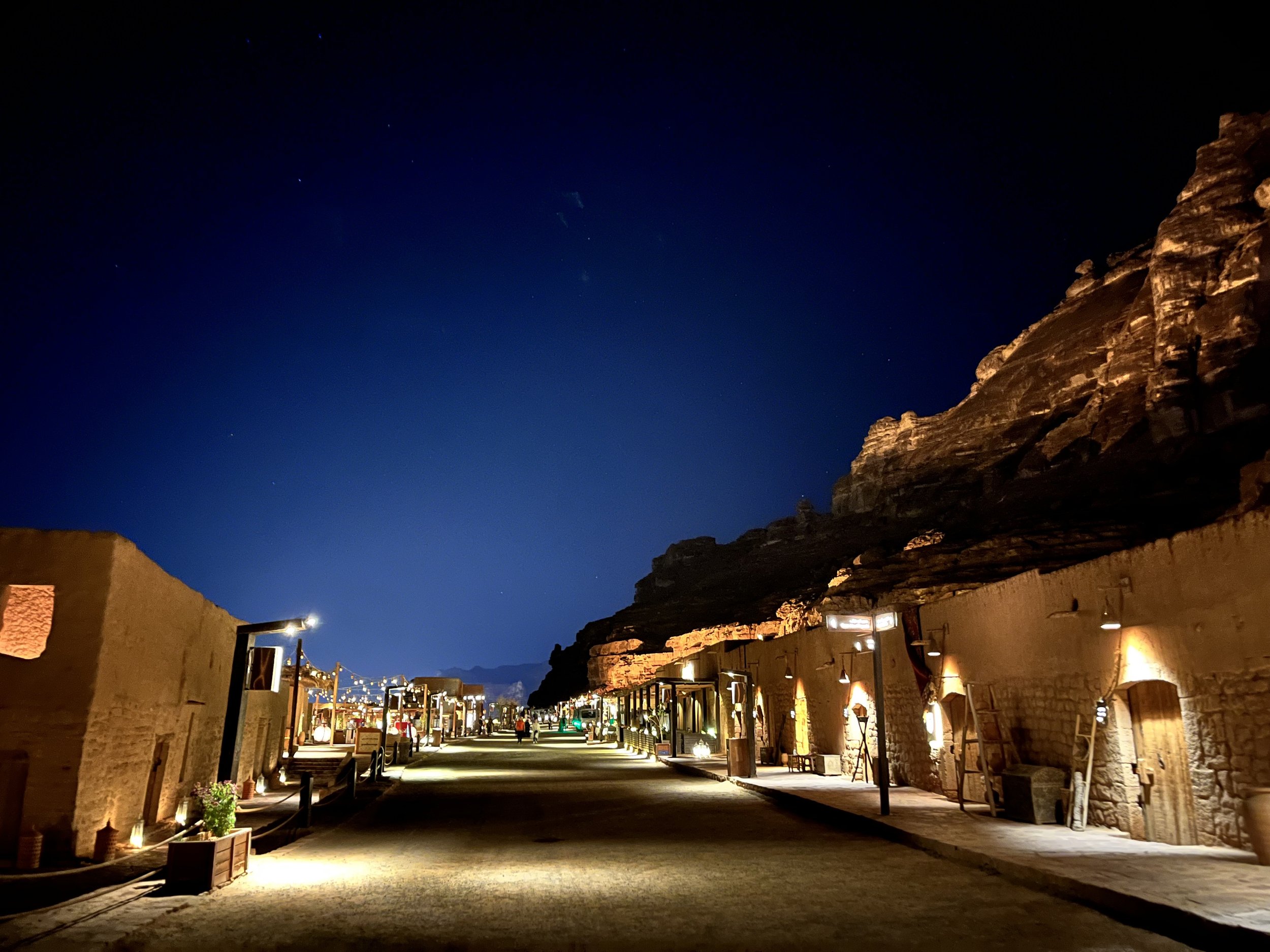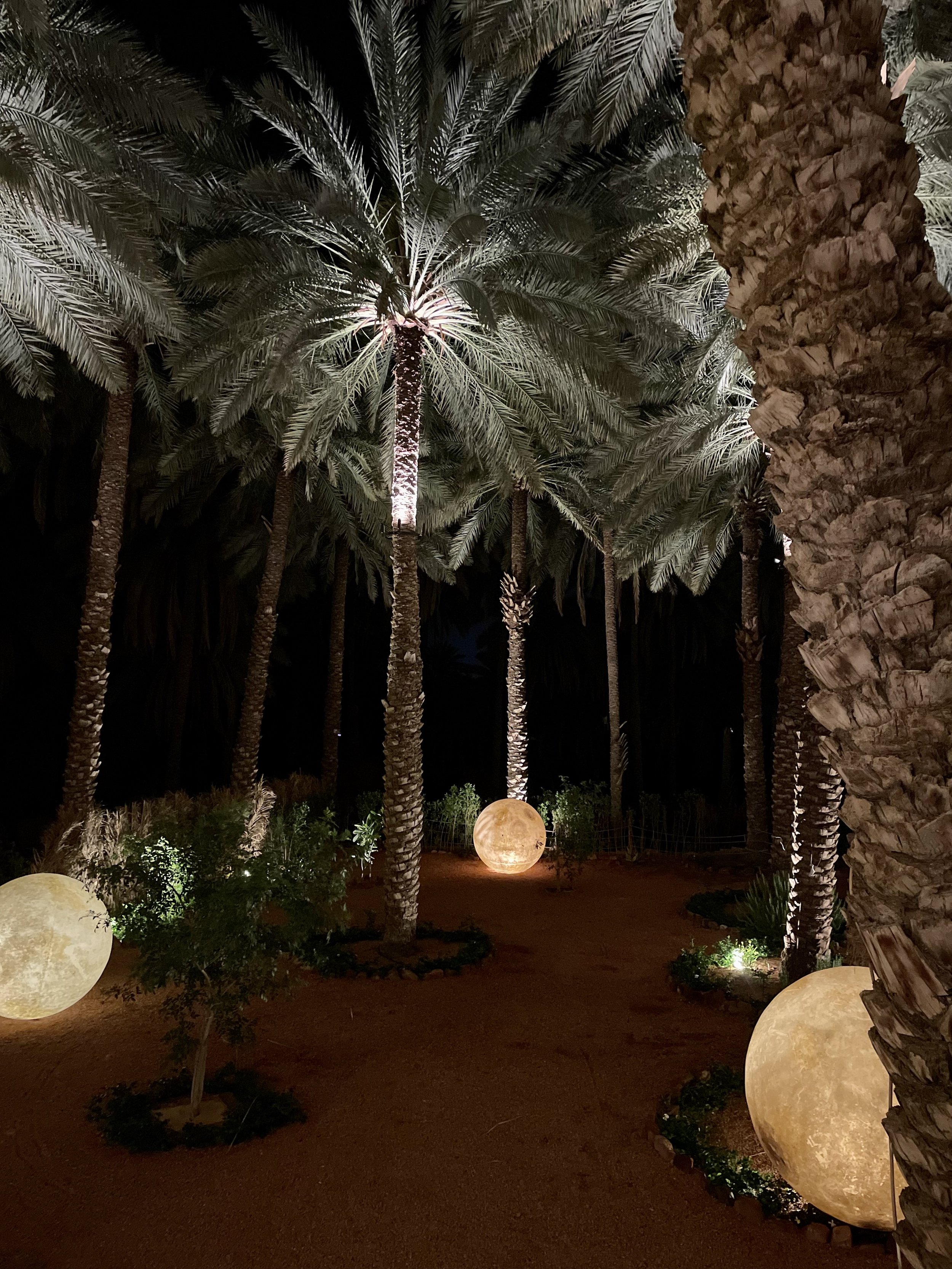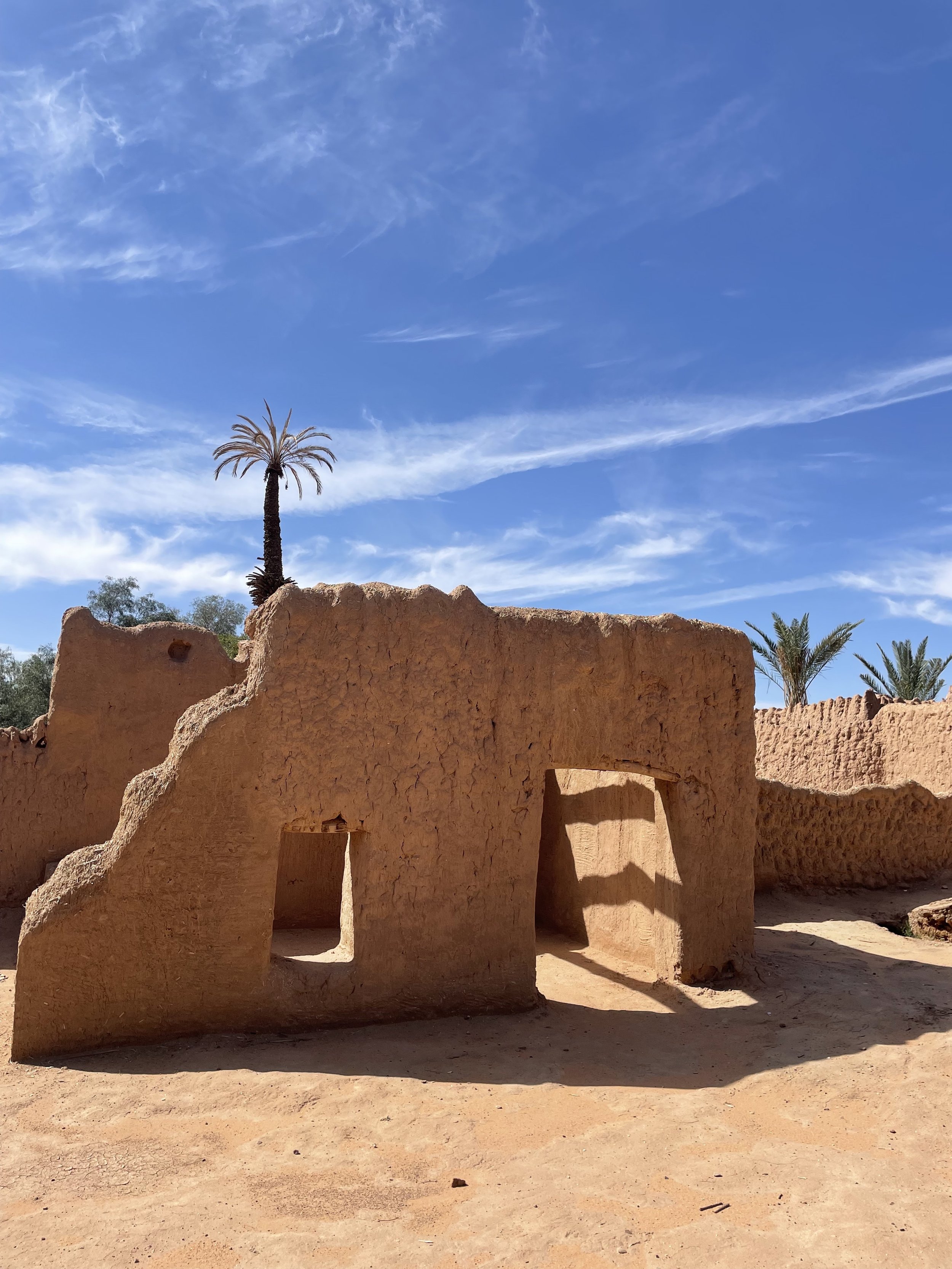Festive days in the desert oasis of Al Ula
Saudi Arabia allowed tourists from all over the world to enter the country only in 2019. Since then, Al Ula has quickly become one of the kingdom's hotspots: The oasis town is equally popular with Instagrammers, outdoor enthusiasts and lovers of art, history and architecture. Long before you reach the town of the same name, Al Ula welcomes visitors with huge, beautifully shaped rock formations. Each one is unique and sure to capture your imagination.
Hidden within Al Ula are ancient rock tombs dating back to the time of the Nabataeans. In neighbouring Jordan, people carved the 'red city' of Petra out of the rock landscape. Its Saudi counterpart is Hegra, the country's first UNESCO World Heritage Site.
When we arrive in Al Ula, the Saudi tourist stronghold is empty and quiet. It is the last day of Ramadan. Eid Al Fitr, the celebration of breaking the fast, begins the next day. Hegra is cancelled for us. All the guided tours are booked up and we are not allowed to explore the tombs on our own. Instead, we drive to Elephant Rock for sunset. At six o'clock on the dot, the guards let us and the other tourists into the area around the rock. A festival atmosphere spreads in the middle of the desert: there are burger and coffee trucks, as well as a stand with shishas. Circular benches are set into the sandy ground, with a fire bowl in the middle. We settle into one of the circles and watch as the sunset bathes Elephant Rock in a play of light and colour. The bright midday blue gives way to soft shades of pink, orange and violet. Then, in the darkness, candles and lights glow everywhere. At the entrance, a shining crescent moon is the last reminder of the holy month of Ramadan this year. Arabic guitar music plays softly from the loudspeakers. There is a sense of celebration in the air.
Even the old city is quiet this evening. The narrow, sandy alleys are normally bustling with people at the market stalls - the souks. But now it's time for evening prayers. We walk past old mud houses. American franchises such as Dunkin Donuts and Starbucks have set up shop in some of them. The setting makes even the most generic logos look special. We dine on hummus, kibbeh and rose ice-cream at Somewhere, a beautiful restaurant with an oasis feel. I have read a lot about the magic of AlUla and often dismissed it as a marketing phrase. But now that I am there myself, I am in awe of it.
The next morning, the call to Eid prayers rings out from the loudspeakers of Al Ula's minarets. After breakfast, we stroll through the palm oasis in the heart of the old town, past abandoned mud houses, blooming vegetable gardens, endless rows of date palms and goats curled up in abandoned bathtubs. "Eid Mubarak," men shout as they drive by in jeeps. The festive atmosphere of the previous evening is now even more festive.
As the midday heat turns merciless, we make our way back. It was only a short visit. But we already know that we will be back soon. At a petrol station, a huge digital poster announces the next highlight in the middle of the Saudi desert: the Al Ula Camel Cup.





















